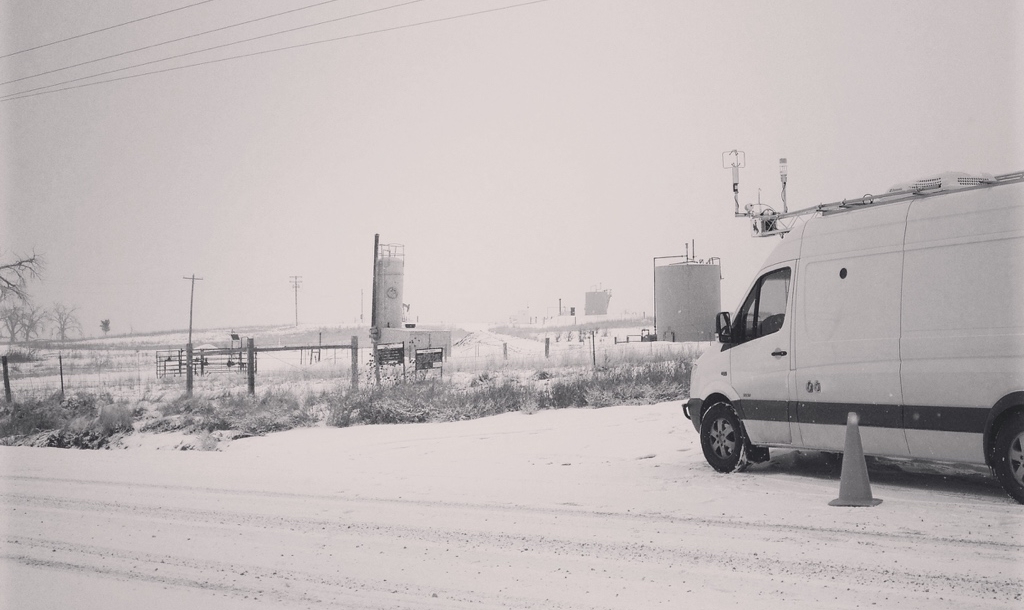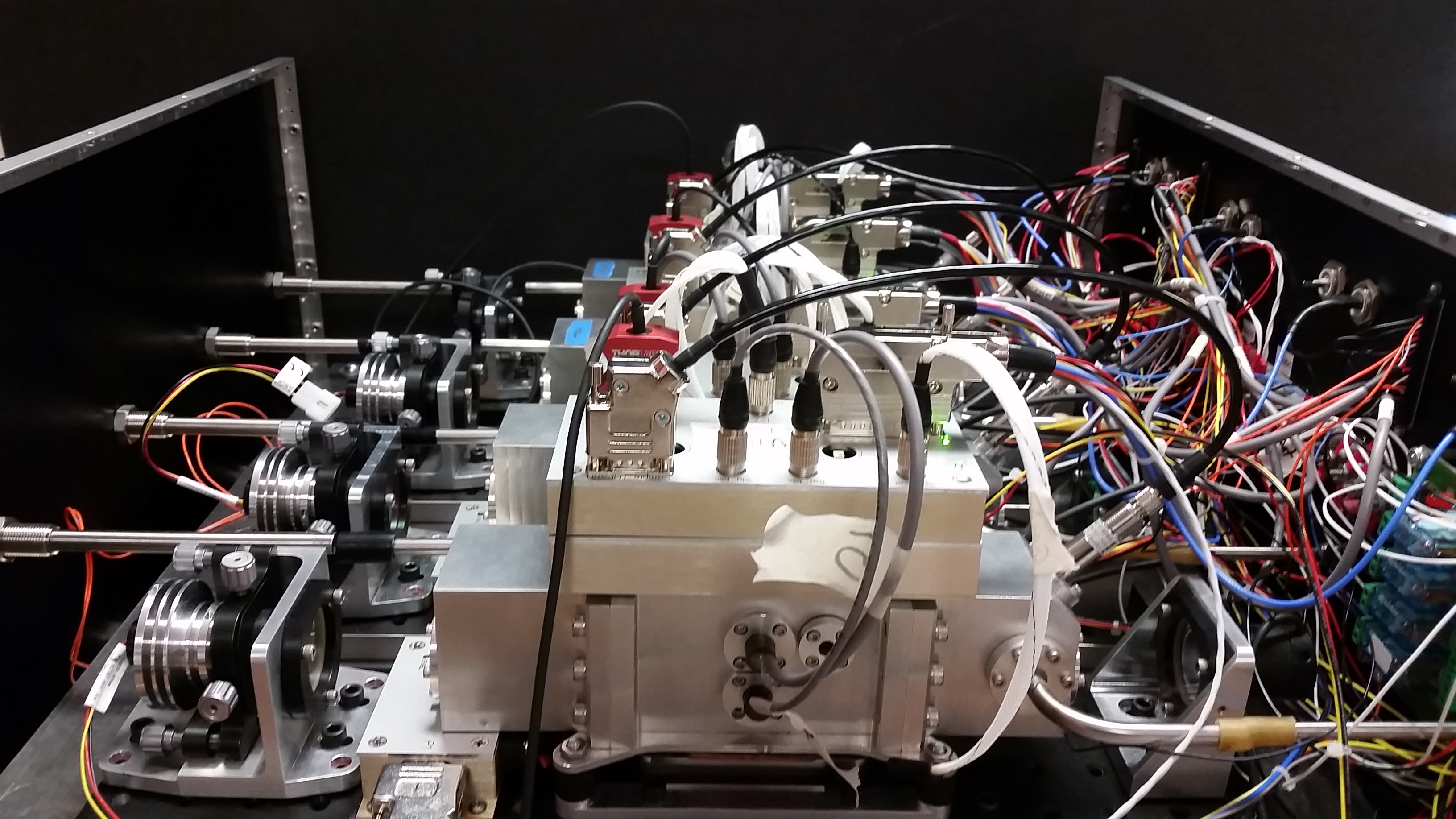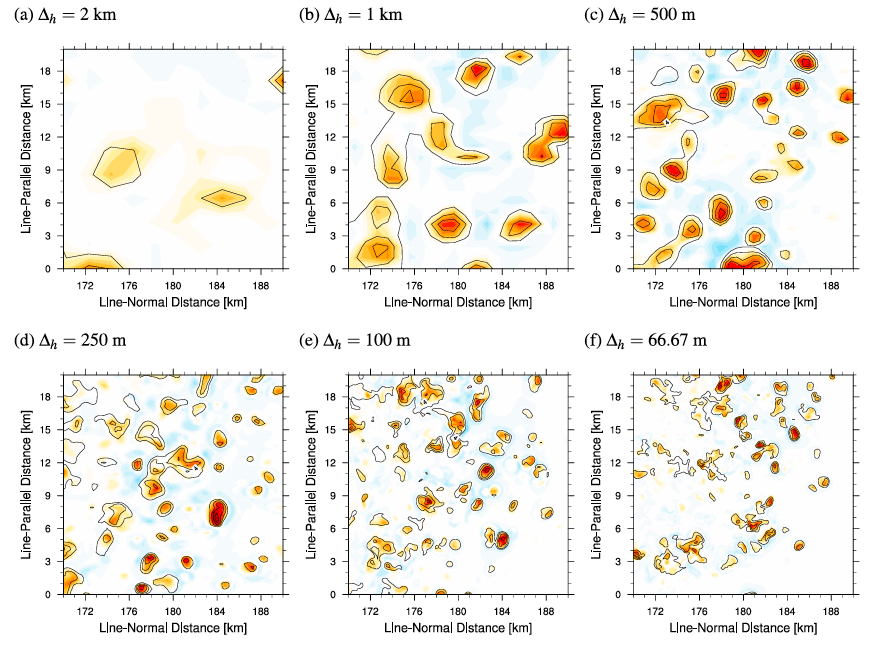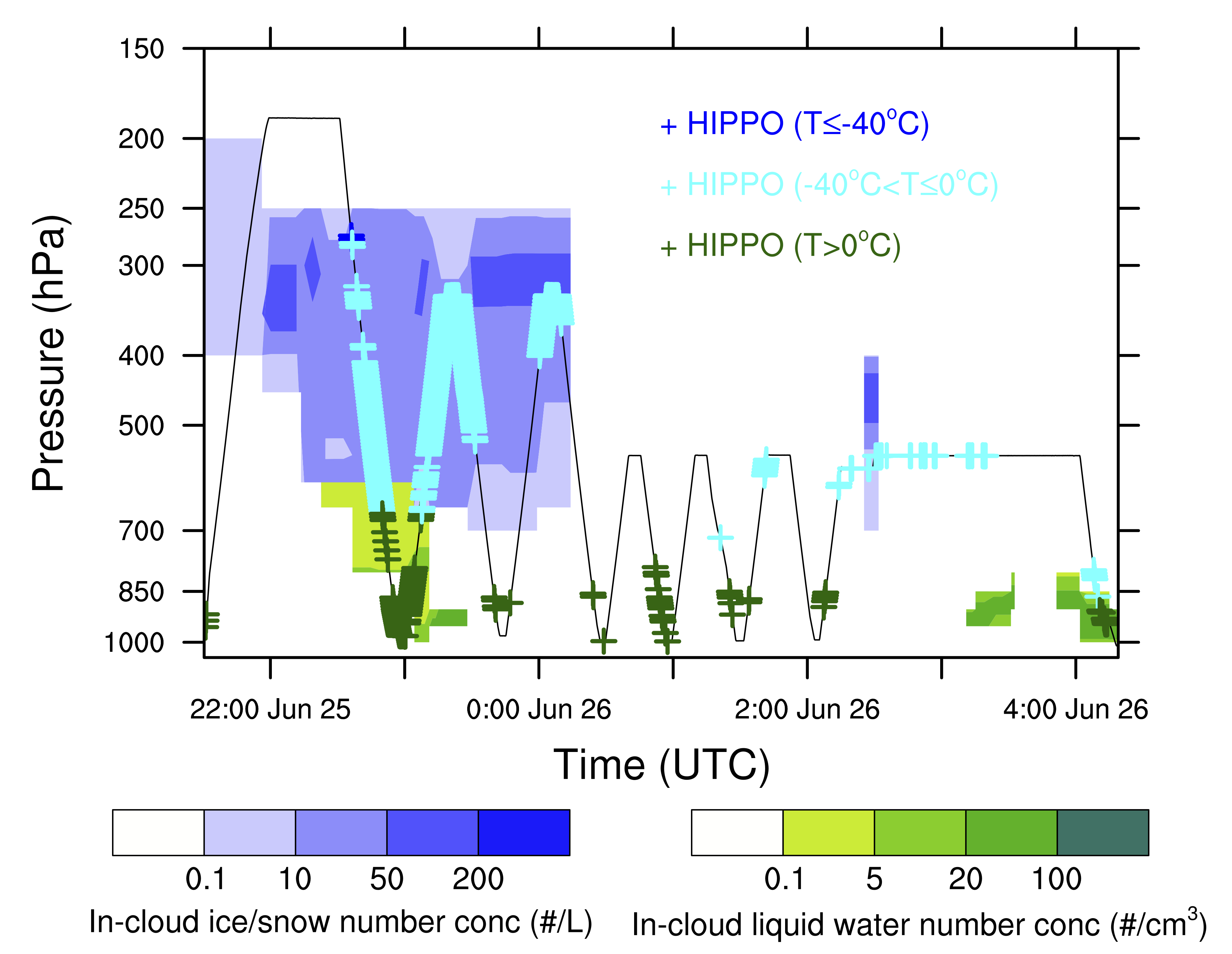Contact Us




University of Wyoming,
Atmospheric Science,
EN 6034
Dept. 3038
1000 E. University Ave.
Laramie, WY 82071
Phone: (307)766-3245
Email: jfrench@uwyo.edu
Research Areas
Atmospheric Science
Atmospheric Science Faculty cover a broad range of research topics that include observations, numerical modeling, and synergy of the two. Faculty and scientists investigate questions related to air quality, aerosol impacts on clouds, cloud and precipitation development, small and large scale dynamics, and boundary-layer processes. Our faculty and students have direct access to World Class facilities such as the Wyoming King Air Research Aircraft, the Wyoming Cloud Radar, the Wyoming Cloud Lidar, and the NCAR/Wyoming SuperComputer for this research.
Faculty are funded by several state and federal organizations such as the national Science Foundation (NSF), Department of Energy (DOE), National Aeronautics and Space Administration (NASA), Environmental Protection Agency (EPA), National Oceanic and Atmospheric Administration (NOAA), State of Wyoming Department of Environmental Quality, and the Wyoming Water Development Commission. To learn more about our research and which of our scientists are active in these areas follow the links below.

Aerosol particles range from desert dust to black and organic carbon from wildfires to nitrate aerosol from pollution. These particles have important implications for climate, clouds, and air quality. Our research focuses on both aerosol observations and modeling.

Climate research in the department covers a broad range of topics using both modeling and experimental approaches.

Physics and dynamics of clouds is a cornerstone of the department and remains a key area of research among much of its faculty. The objective of much of this work is to better understand cloud microphysical processes through observations and modeling.

Developing new instruments and characterizing and understanding existing instruments is key to being able to use observations effectively in addressing relevant scientific questions.

High-resolution model simulations are utilized to understand the connection between the micro-scale and mesoscale motions, particularly in deep convective clouds. Several other key problems in the fields of mesoscale and boundary-layer dynamics are being explored using state-of-the-art observations.

Developing new and improved numerical models is critical for advancing the state of the science, improving weather prediction, and better understanding future climate, all of which are currently being explored at the University of Wyoming.
Contact Us




University of Wyoming,
Atmospheric Science,
EN 6034
Dept. 3038
1000 E. University Ave.
Laramie, WY 82071
Phone: (307)766-3245
Email: jfrench@uwyo.edu
